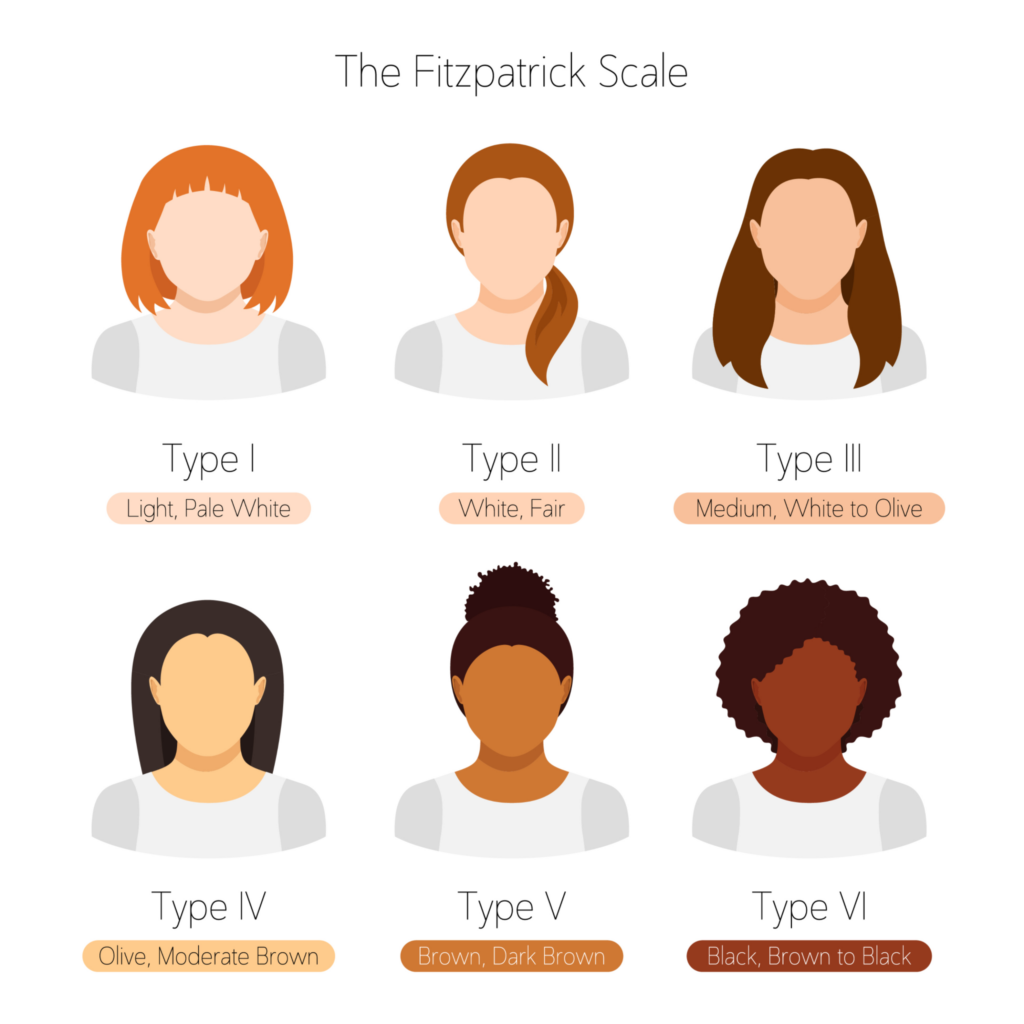Laser hair removal has been the gold standard for permanent hair reduction for over 25 years. However, with the expansion of the medical spa industry, there has been an increase in adverse reactions as state laws have allowed a wider variety of providers to offer laser and energy-based treatments.
Patients with skin of color often have concerns about the safety and effectiveness of the equipment used for these procedures.
Individuals with darker skin tones are particularly concerned about potential adverse events, such as hyperpigmentation, hypopigmentation, or permanent scarring.
How to Screen a Medical Spa for Safe Laser Hair Removal
As someone who has worked in the medical aesthetics field for over 20 years as a physician assistant and clinical laser trainer, I’ve seen a shift in how patients approach treatments.
In the early 2000s, it wasn’t uncommon for patients to spend 6-12 months researching laser hair removal before scheduling a consultation.
Nowadays, with laser hair removal, Botox, and dermal fillers becoming everyday treatments, many patients jump into procedures with little research. However, patients with skin of color tend to be more cautious, as they face a higher risk of adverse events.
Advice for Screening Providers
- Check Provider Experience: Ensure the person performing the treatment has years of experience, particularly with your skin type.
- Read Reviews: Look for reviews on both the facility and the provider.
- Consultation: During the consultation, note if they ask relevant screening questions and educate you on avoiding tanning or using self-tanning products before the treatment. For darker skin tones, a test patch before treatment is highly recommended to reduce the risk of adverse events.
Understanding the Fitzpatrick Skin Type
One of the most critical factors in determining the safety of laser hair removal is your Fitzpatrick Skin Type. This scale classifies skin based on how much melanin is present, ranging from Type I (fair skin) to Type VI (dark skin, such as in African Americans).
The Fitzpatrick skin type is crucial in setting the treatment parameters for laser hair removal and other energy-based treatments. Providers should ask about your ethnicity, tanning habits, and how long your tan lasts, as this can affect the settings. For example, someone who appears to be a Fitzpatrick II based on their skin color might actually tan easily, making them a Fitzpatrick III. This information is key to ensuring safe and effective treatments.

Why Darker Skin Types Are at Higher Risk for Burns
Patients with darker skin tones or higher Fitzpatrick types absorb more energy from the laser because of their increased melanin. This makes them more susceptible to burns if the wrong settings are used. Think of it like parking a dark-colored car and a light-colored car in the sun—the darker car absorbs more heat. Similarly, darker skin and hair absorb more energy from the laser.
Safe Laser Hair Removal for Darker Skin Types
For laser hair removal to be effective, the hair must be darker than the skin. Grey, white, blonde, and red hair cannot be effectively removed because they don’t absorb laser energy well. The greater the contrast between hair and skin, the safer and more effective the treatment will be.
Here are key safety steps for darker skin tones:
Avoid Treatment on Tanned Skin: If you have a tan, wait until it fades before treatment. Hydroquinone cream can help accelerate this process.
Choose the Right Laser: There are three common types of lasers for hair removal: Alexandrite, Diode, and Ndyag. Typically, Alexandrite and Diode lasers are used for lighter skin, while the Ndyag laser is recommended for darker skin types. However, the Diode laser is versatile and safe for all ethnicities.
Perform a Test Patch: For Fitzpatrick types I-III, a test patch can be done the same day. For Fitzpatrick types IV-VI, the test patch is performed, and the patient can return several days later for treatment if no adverse reaction occurs.
Safely Removing Black Hair from Darker Skin
When treating darker skin, it’s essential to select a laser with a higher wavelength. For example, a diode laser with a wavelength of 800-810 nm or an Ndyag laser with a wavelength of 1060-1064 nm will penetrate deeper into the skin, targeting the hair follicles while avoiding surface-level melanocytes. This reduces the risk of burns or pigment changes.
How the Laser Differentiates Between Hair and Skin Color
In addition to selecting the appropriate wavelength, the pulse duration is also an essential factor. The pulse duration controls how heat is distributed over time, which is especially important for patients with darker skin. By using the right combination of wavelength, energy level, and pulse duration, laser hair removal can be safe and effective for all skin types.

Ready to Learn More?
If you’re considering laser hair removal and want to ensure it’s safe for your skin type, our experienced team at ANEWU Medical Spa is here to help. Schedule a consultation with us today to discuss your options and receive personalized care tailored to your needs.
We’re committed to providing safe, effective treatments for every skin tone.


